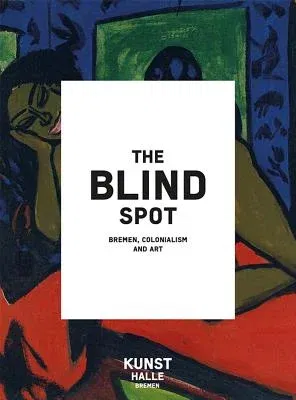Anna Brus
(Author)The Blind Spot: Bremen, Colonialism and ArtHardcover, 9 August 2017

Qty
1
Turbo
Ships in 2 - 3 days
In Stock
Free Delivery
Cash on Delivery
15 Days
Free Returns
Secure Checkout

Print Length
192 pages
Language
English
Publisher
Dietrich Reimer
Date Published
9 Aug 2017
ISBN-10
3496015926
ISBN-13
9783496015925
Description
Product Details
Book Format:
Hardcover
Country of Origin:
US
Date Published:
9 August 2017
Dimensions:
23.5 x
17.2 x
2.03 cm
ISBN-10:
3496015926
ISBN-13:
9783496015925
Language:
English
Pages:
192
Publisher:
Weight:
703.07 gm